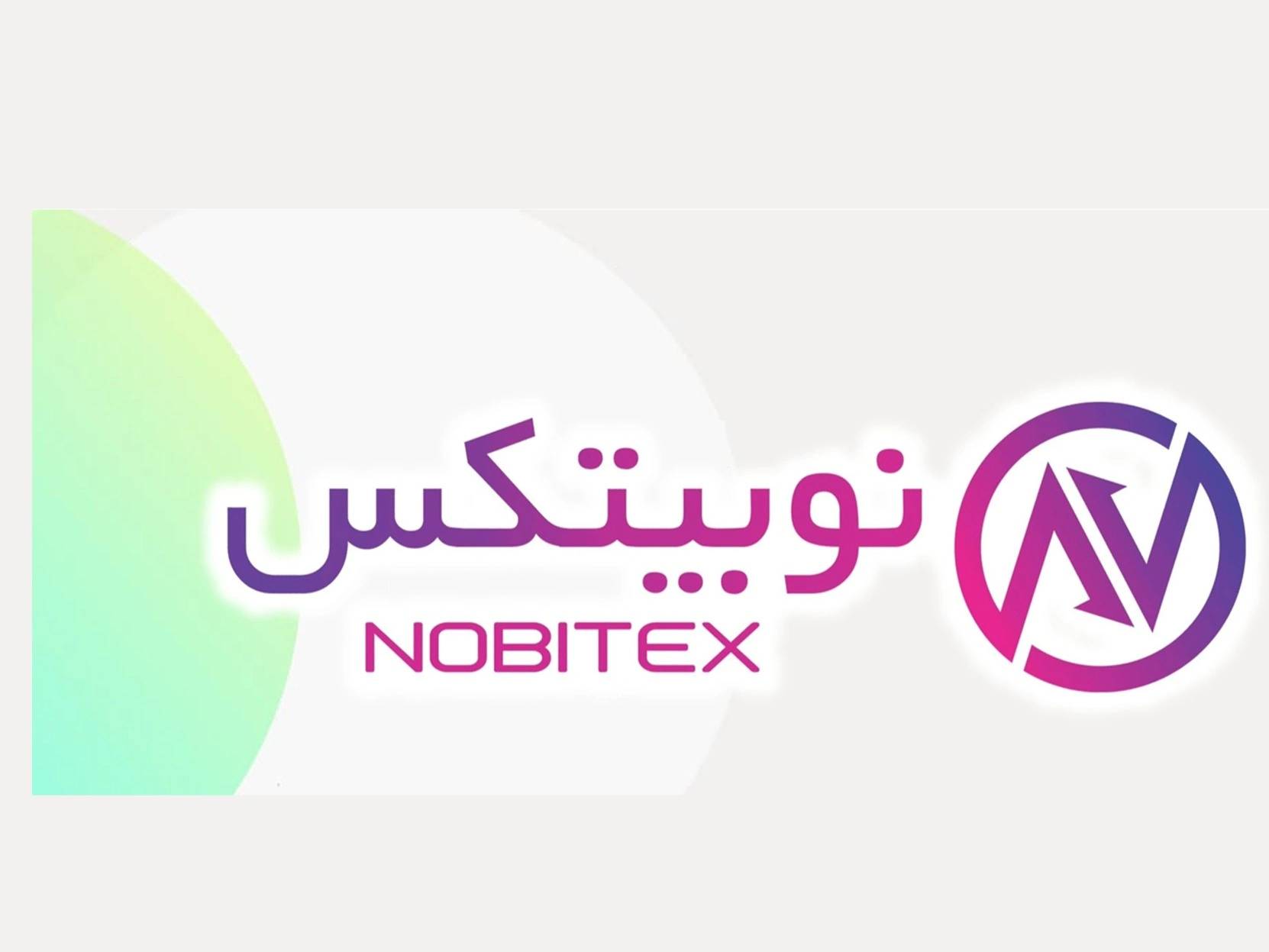위키 구독하기
Share wiki
Bookmark
Nobitex
Nobitex
**노비텍스(Nobitex)**는 다양한 디지털 자산 거래를 지원하는 이란의 암호화폐 거래 플랫폼입니다. 이란에서 운영되는 가장 큰 암호화폐 거래소 중 하나로 여겨집니다. [1] [2]
개요
노비텍스는 이란 시장에 서비스를 제공하며, 사용자가 암호화폐를 매수, 매도 및 거래할 수 있는 플랫폼을 제공합니다. 이 거래소는 디지털 자산과 특히 국제 제재와 관련된 사용에 대한 특정 입장을 가진 이란의 규제 환경 내에서 운영됩니다. 이 플랫폼의 운영과 사용자 기반은 이란의 디지털 자산 환경에서 중요한 실체로 만듭니다. [2]
이 거래소는 2025년 6월 대규모 보안 위반 사건 이후 국제적인 주목을 받았습니다. 이 사건에는 거래소의 핫 월렛에서 상당량의 디지털 자산에 대한 무단 접근 및 유출이 포함되었습니다. 이 공격은 자신들을 "곤제슈케 다란데(Gonjeshke Darande)"라고 밝힌 그룹이 이스라엘과 이란 간의 지속적인 갈등과 노비텍스의 제재 회피 역할에 대한 주장과 관련된 정치적 동기를 주장하며 공개적으로 주장했습니다. [2] [3]
2025년 6월 해킹 사건
2025년 6월 18일, 이란의 암호화폐 거래소 노비텍스(Nobitex)는 디지털 자산 손실로 이어지는 심각한 보안 위반을 경험했습니다.
발견 및 초기 평가
이 공격은 온체인 조사관인 ZachXBT가 텔레그램 게시물을 통해 공개하면서 처음 보고되었습니다. 초기 추산에 따르면 유출된 자산의 가치는 8천1백만 달러가 넘는 것으로 나타났습니다. 나중에 여러 소식통의 보고서에서는 8천1백만 달러에서 1억 달러에 이르는 수치가 언급되었습니다 [1] [2] [3].
공격 방법
공격자들은 공격 과정에서 "허영 주소(vanity addresses)"를 사용한 것으로 알려졌는데, 이 주소들은 노비텍스와 연결된 여러 지갑에서 의심스러운 유출을 받는 것으로 관찰되었습니다. 허영 주소는 시작 부분에 사용자 정의 문자열이 있는 암호화폐 지갑 주소입니다. 공격에 사용된 이러한 주소 중 하나는 "TKFuckiRGCTerroristsNoBiTEXy2r7mNX"였습니다 [1].
블록체인 보안 회사 사이버스(Cyvers)의 수석 보안 운영 책임자인 하칸 우날(Hakan Unal)에 따르면, 이 공격은 공격자가 내부 시스템에 침투하고 여러 블록체인에 걸쳐 핫 월렛을 빼낼 수 있도록 허용하는 "접근 제어의 심각한 실패"에서 비롯된 것으로 보입니다 [1].
책임 주장
페르시아어로 "포식성 참새"를 의미하는 "곤제슈케 다란데(Gonjeshke Darande)"라고 자신을 밝힌 그룹이 해킹에 대한 책임을 주장했습니다 [1] [2] [3].
이 그룹은 친이스라엘 해킹 단체로 묘사됩니다 [2] [3].
곤제슈케 다란데(Gonjeshke Darande)는 이 거래소가 이란 정부와 연계되어 테러 자금 조달과 국제 제재 위반에 사용되었다고 주장하며 노비텍스를 표적으로 삼았다고 밝혔습니다. 그들은 노비텍스에서 일하는 것이 이란 정부의 노력에 대한 중요성 때문에 유효한 군 복무로 간주된다고 주장했습니다. 블록체인 분석 회사 엘립틱(Elliptic)은 또한 이 거래소가 예멘 후티 반군과 하마스를 포함한 이란 동맹국이 통제하는 암호화폐 지갑에서 자금을 송수신했다는 증거를 공유했습니다 [1] [2] [3].
영향 및 대응
노비텍스는 일부 핫 월렛이 "무단 접근" 징후를 보였으며 탐지 즉시 중단되었다고 확인했습니다. 이 거래소는 콜드 스토리지에 보관된 사용자 자산은 안전하며 모든 피해는 보험 기금과 자원을 통해 보상될 것이라고 밝혔습니다 [1].
블록체인 분석 플랫폼 아캄(Arkham)의 데이터에 따르면 노비텍스(Nobitex) 레이블이 지정된 지갑에 보관된 총 가치가 6월 16일 18억 달러가 넘는 수준에서 6월 18일 9천6백만 달러로 크게 하락했습니다 [1].
그러나 사이버스(Cyvers)의 하칸 우날(Hakan Unal)은 노비텍스(Nobitex)가 정기적으로 핫 월렛을 이전한다는 점을 지적하며 이 데이터가 손실 규모를 완전히 반영하지 못할 수 있다고 언급했습니다 [1].
노비텍스(Nobitex)는 6월 19일 초기 사건 이후 추가적인 재정적 손실은 발생하지 않았으며 이란의 인터넷 장애로 진행이 느려지고 있지만 5일 이내에 서비스를 복구할 것으로 예상한다고 밝혔습니다 [4].
잘못된 내용이 있나요?
